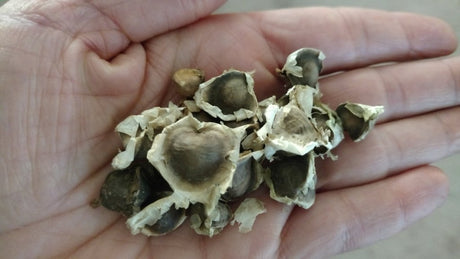
About Moringa Oleifera
11/11/2017 We're growing Moringa Oleifera on our homestead! This is one of those things that makes me excited about growing. Moringa is a new one for us here. What is...
Mary Smith |
Welcome to our store Learn more

11/11/2017 We're growing Moringa Oleifera on our homestead! This is one of those things that makes me excited about growing. Moringa is a new one for us here. What is...
Mary Smith |
Over 1,000 varieties of Heirloom Seeds
Free Shipping on Qualifying orders of $20 or more
Planting guides to help you grow a successful garden